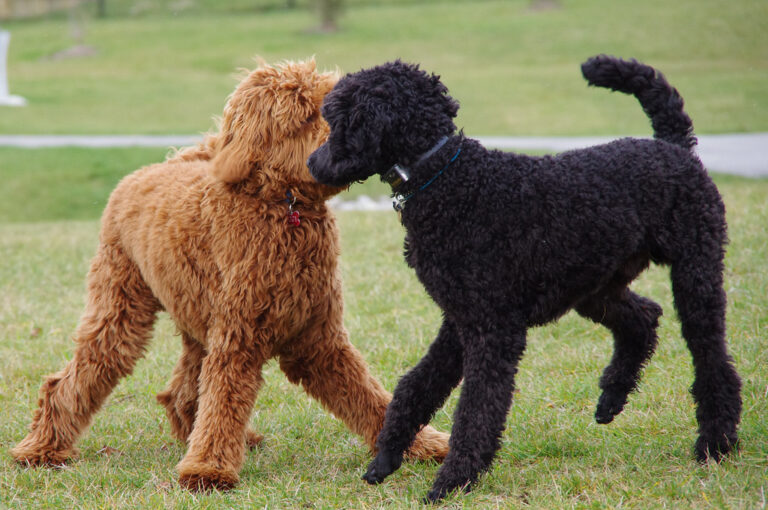15 Things Your Vet Says That Dog Owners Always Ignore
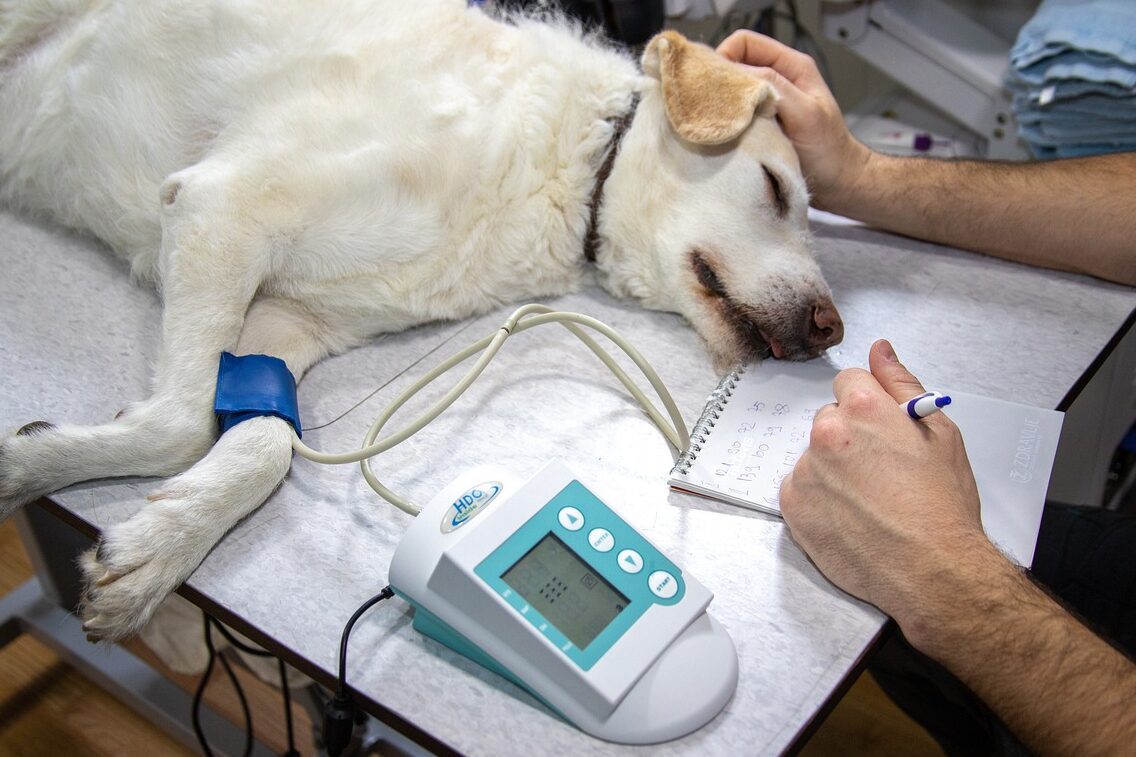
Most people love their dogs, but that doesn’t mean they listen. Vets see the same patterns every day—basic advice that’s easy to follow but somehow keeps getting brushed aside. Sometimes it’s about food. Sometimes it’s behavior. And sometimes, it’s just common sense. Either way, dog owners nod along like they get it, then go right back to doing the opposite. These are the things vets say most often that never seem to stick.
Feeding too much.

Most owners don’t think they’re overfeeding their dogs. A little extra scoop, a few treats here and there—it adds up fast. Vets bring it up all the time, but people rarely change anything. They think exercise balances it out or that their dog “burns it off.” But weight gain sneaks in slowly, and once it does, it’s harder to drop. Vets know it, but they can’t force anyone to measure meals.
Skipping dental care.

Vets bring it up for a reason. A dog might be eating just fine, but that doesn’t mean its teeth are healthy. Dental problems don’t always show up until they’re serious, and by that point, it’s harder to fix. Brushing once in a while or using dental treats can make a difference, but most owners forget about it until there’s a smell. Vets keep repeating it, but it still gets overlooked.
Letting them get overweight.

It’s one of the most common things vets mention and also one of the easiest to ignore. People get used to how their dog looks and don’t notice the slow change. They think the extra weight is normal or even cute, especially on smaller breeds. Vets try to explain what it does to joints, breathing, and overall health. Some owners hear it, but most keep feeding the same and hoping it’ll be fine.
Skipping flea and tick prevention.

A lot of owners stop giving preventatives once the weather cools down. They think fleas and ticks are only a summer problem, but that’s not how it works. Vets explain that protection needs to be year-round, especially if your dog goes outside often. Still, people tend to stop early and only restart when there’s a problem. It’s one of those things that sounds optional—until the scratching starts and won’t stop.
Not exercising enough.
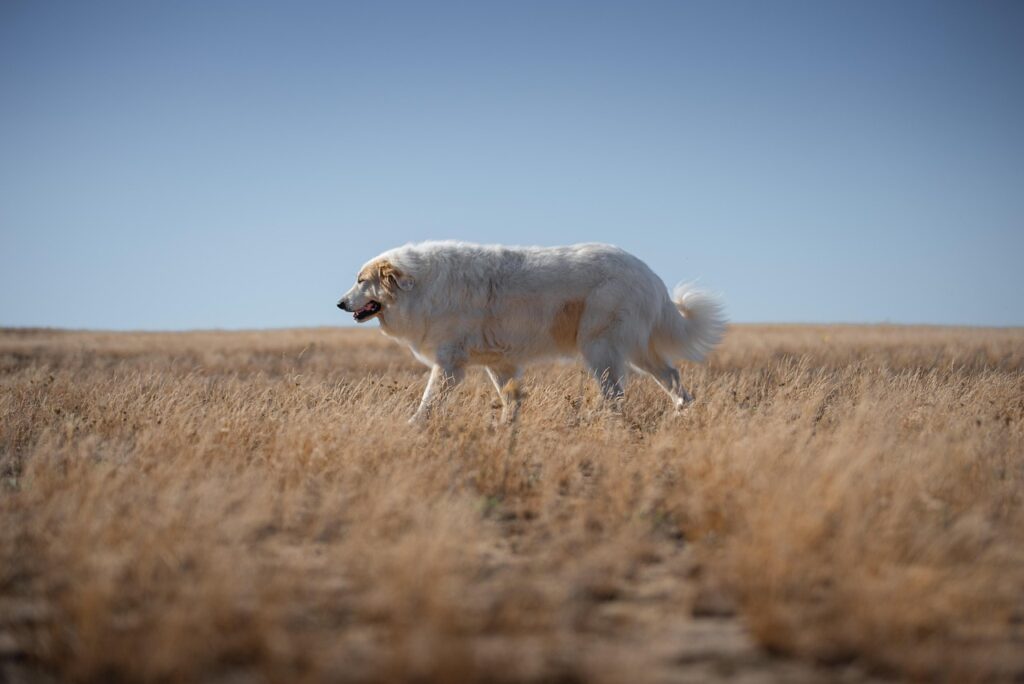
Many owners think short bathroom breaks count as walks. They assume the backyard is enough, especially for older or smaller dogs. Vets try to bring up how daily movement affects behavior, weight, and even joint health. But owners often say their dog doesn’t seem interested or is “lazy.” What they don’t realize is that laziness is often a result of not being walked. Dogs don’t always ask—they just wait.
Waiting too long to treat pain.

Dogs don’t always show pain clearly. They’ll limp a little or slow down, and owners think it’s just age or stiffness. Vets see it all the time—dogs pushing through real discomfort because no one noticed. People wait until things get worse before doing anything, often assuming the dog will shake it off. And by then, it’s harder to treat. Vets try to catch it early, but they can’t treat what owners won’t report.
Brushing off behavior changes.
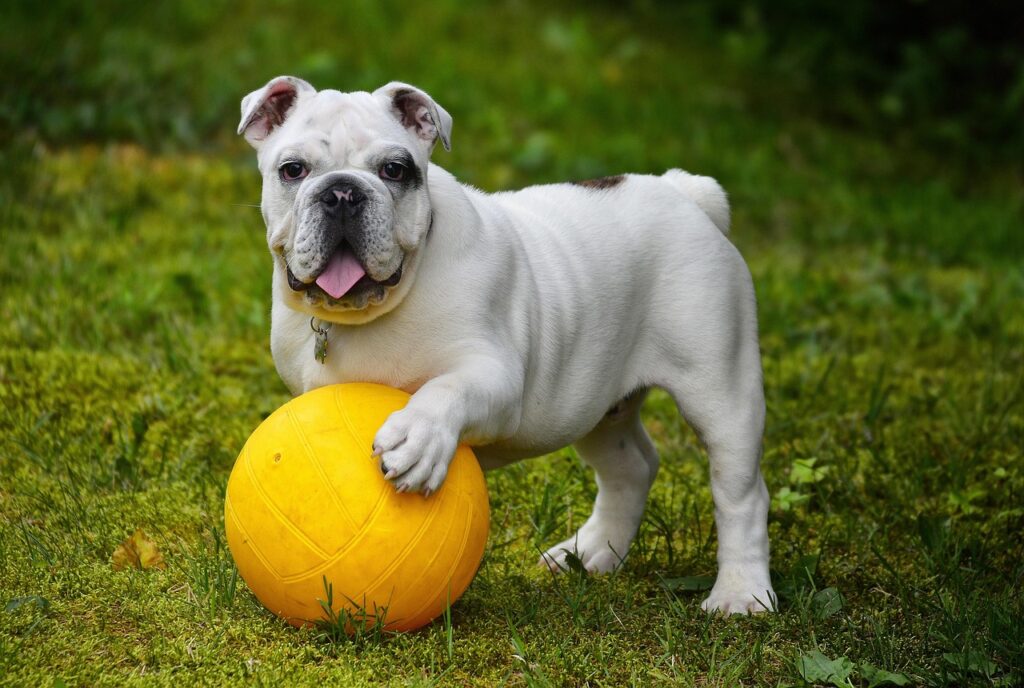
When a dog starts acting differently, most people wait to see if it passes. Maybe the dog’s just tired, moody, or getting older. That’s what owners tell themselves. Vets try to explain that small changes can point to health issues—sometimes serious ones. It’s not always dramatic. A shift in appetite or mood can mean more than people think. But if it’s not obvious, it’s easy to ignore until it gets worse.
Assuming the breed explains everything.

Owners often blame bad behavior or health problems on the breed. They say things like “he’s just stubborn” or “she’s always been like that,” even when vets are pointing out actual concerns. It’s a way to brush things off. Vets see it all the time—dogs getting labeled instead of helped. Not everything is just a breed trait. Sometimes it’s pain. Sometimes, it’s poor training. And sometimes, it’s just being overlooked.
Not following up after a diagnosis.

Even when the plan is clear, follow-ups get missed more than people realize. A vet explains what to do, and the owner seems on board, but a few weeks later, the dog comes back with the same issue. It’s not always neglect—sometimes life just gets in the way. Still, the dog ends up dealing with a problem that could’ve been managed. Vets see it often, and it doesn’t always end well.
Assuming the dog will “grow out of it.”

When a puppy jumps, barks, or chews everything in sight, some owners just wait and hope it stops on its own. Vets hear it all the time—“he’ll grow out of it.” Sometimes that happens, but often it doesn’t. The habit becomes part of how the dog behaves, and it gets harder to change. Vets try to explain that early training makes life easier later, but the advice doesn’t always land.
Only coming in when something’s wrong.

Regular checkups get skipped a lot more than vets would like. Some owners only show up when their dog is limping or sick, and even then, it’s often after days of waiting. Preventive care doesn’t feel urgent, so it gets pushed off. But that’s when small problems could be caught early. Vets notice when they haven’t seen a dog in years. It usually means something was missed along the way.
Treating human food like treats.

Dogs get snacks off plates more often than most people admit. Owners shrug it off, thinking a little bit won’t hurt. But vets deal with the results—stomach problems, weight gain, even food poisoning. The dog doesn’t know the difference. It just eats what it’s given. Owners say it’s harmless, but they rarely bring up the snack habits unless asked directly. Vets have to figure it out after the damage is done.
Thinking indoor dogs are low maintenance.

Some dogs stay inside most of the day, and owners assume that means there’s less to worry about. Vets still see plenty of issues with these dogs—long nails, bad breath, poor weight, boredom. Just because a dog stays home doesn’t mean it takes care of itself. It still needs attention, activity, and basic care. Indoor dogs don’t need less. They just need different things, and those often get missed.
Using the internet instead of asking.

It’s common for owners to look things up before coming in, but that doesn’t always help. Some arrive with strong ideas about what’s wrong, and it makes it harder to talk through what’s actually going on. Vets try to explain things clearly, but the conversation shifts when someone is already focused on what they read online. The goal is to help the dog, but too much guessing slows everything down.
Letting nails grow too long.
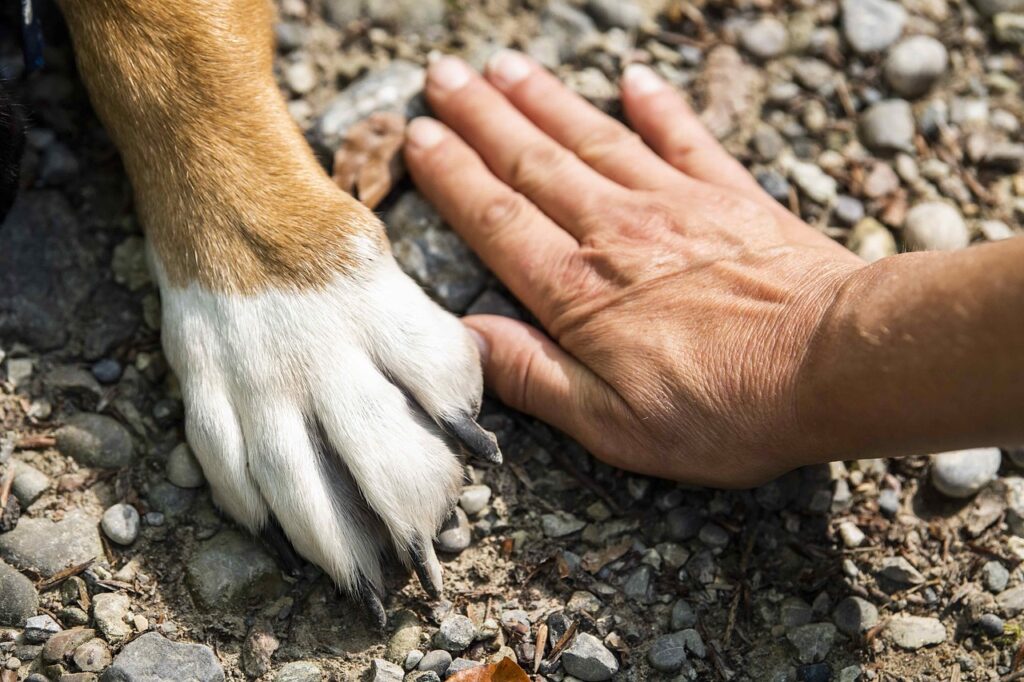
Overgrown nails don’t always get noticed right away, but they cause problems fast. Long nails change how a dog walks, and that can lead to joint pain over time. Vets bring it up during exams, but a lot of owners wait too long between trims or avoid it altogether. Some dogs don’t like having their paws touched, so it turns into a fight. Still, ignoring it just makes it harder later.


